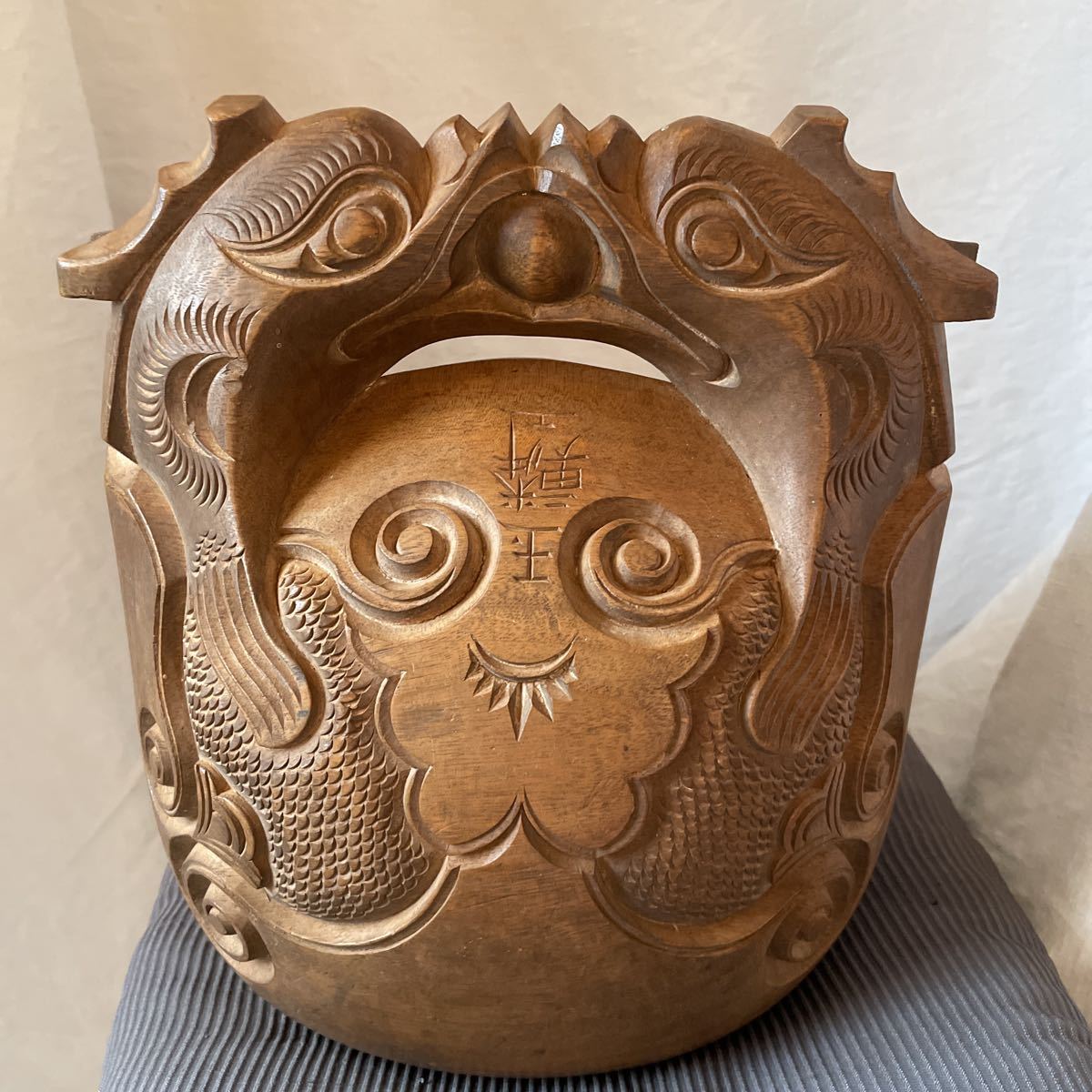
新入荷再入荷
【極上品】Nikon PC NIKKOR 19mm f/4E ED
 タイムセール
タイムセール
終了まで
00
00
00
999円以上お買上げで送料無料(※)
999円以上お買上げで代引き手数料無料
999円以上お買上げで代引き手数料無料
通販と店舗では販売価格や税表示が異なる場合がございます。また店頭ではすでに品切れの場合もございます。予めご了承ください。
商品詳細情報
| 管理番号 | 新品 :53402531 | 発売日 | 2024/05/31 | 定価 | 249,800円 | 型番 | 53402531 | ||
|---|---|---|---|---|---|---|---|---|---|
| カテゴリ | |||||||||
【極上品】Nikon PC NIKKOR 19mm f/4E ED
ニコンのシフトレンズ 19mmの出品です。本品で建築の撮影を行っておりましたが、マウント変更により使えなくなる事が判明したので泣く泣く手放すことにしました。イメージサークルはだいたい12mm〜13mm程度で、19mmの画角になるように8方向にシフトできるため建築撮影では無くてはならない画角で愛用しておりました。シフト・ティルト両方とも最大までスムーズに稼働しますし、ティルトに至ってはロック機構もしっかり動作するので、撮影中にお辞儀をするような事はありません。ほとんど内観での撮影に使用していたため、チリやホコリの混入などもいっさい無く、シフトティルトでスライドする部分もかなり綺麗な状態です。新品購入したワンオーナー品ですので、初回に同梱されていたものは全て揃っています。付属していたポーチは開封すらしていないので、新品です。建築撮影を職業にしている人が主に使うような特殊レンズですが、一般の方の購入も歓迎します。大切に使っていたレンズですので、引き続き大切に使っていただける方にお譲りしたいと思います。また、現在FマウントからZマウントへの過渡期である事とと、特殊すぎるレンズのため今後再生産があるのか分からない為お値下げは考えておりません。どうぞよろしくお願いいたしますm(_ _)m※3月中旬までに売れない場合は、取り下げて別のところに出品予定です。































